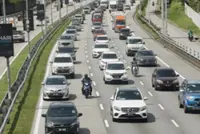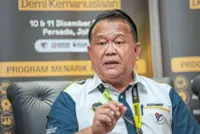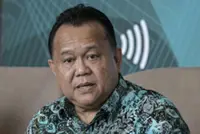Experts say highways are not long-term, sustainable solutions despite being critical for economic development and connectivity.
DESPITE having 23 toll highways snaking across Klang Valley, traffic snarls continue to be the bane for those living and working here.
Selangor alone has 19 such highways, and more are in the pipeline.





